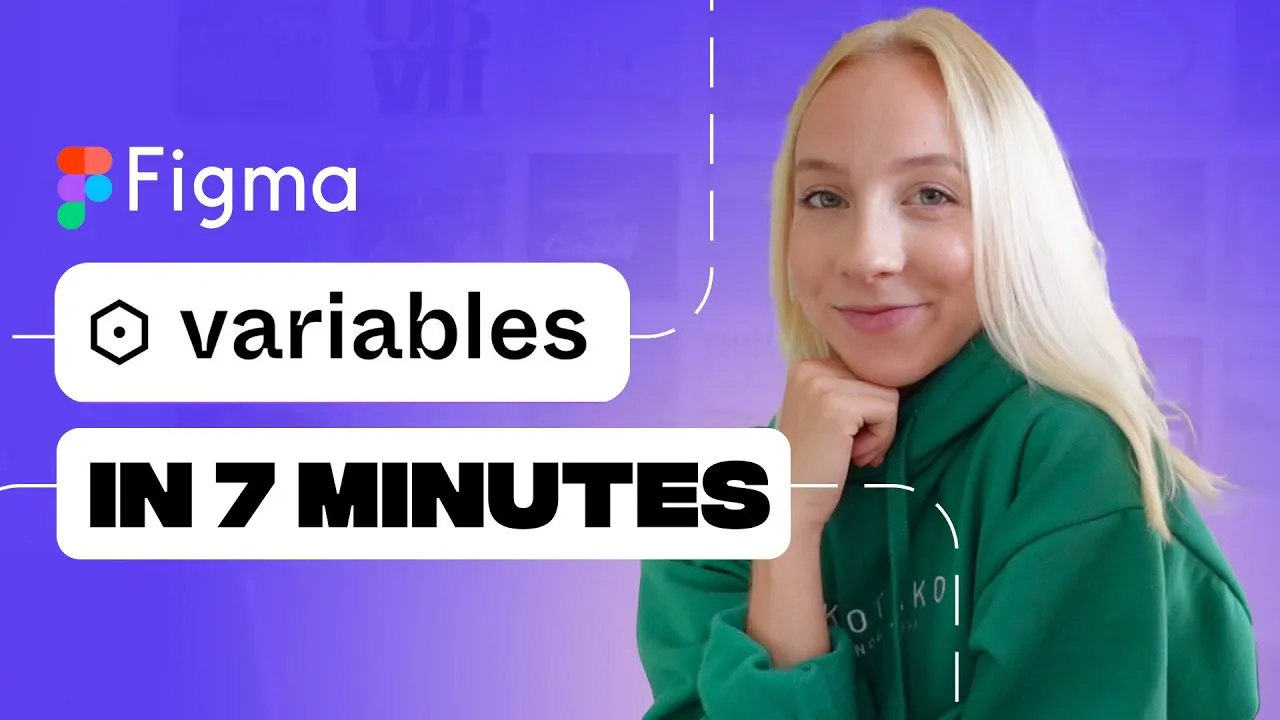Figma Variables: Everything You Need to Know in 5 Minutes
Learn everything you need to know about Figma variables in this tutorial, from how to create them to how to use them in your designs.
Figma variables are extremely powerful in creating consistency within a project or design system. There's no way that you can become an expert after watching just a five minute video. But today, I want to give you a crash course so that you can start using variables to significantly up level your workflow fast.
📽️ CHAPTERS
---------------------------
00:00 - Intro
00:43 - Why variables no styles?
01:31 - How to create and apply variables
Figma variables are reusable values that can be applied to all kinds of design properties, including colors, fonts, spacing, and more. They can be used to create consistent designs across multiple files, and to make it easy to update designs quickly and easily.
To create a variable in Figma, click the + button in the variables panel and select the type of variable you want to create. You can then give the variable a name and a value.
Once you have created a variable, you can apply it to any design property by clicking the Apply variable button and selecting the variable you want to use.
Variables can also be used in prototyping. For example, you can use a variable to control the text content of a button, or to change the color of a background based on user input.
Here are some of the benefits of using Figma variables:
- Consistency: Variables can help you create more consistent designs across multiple files. This is especially important for teams working on large projects.
- Efficiency: Variables can save you time by making it easy to update designs quickly and easily. For example, if you need to change the primary color of your brand, you can simply update the variable and all of your designs will be updated automatically.
- Flexibility: Variables can be used to create dynamic and responsive designs. For example, you can use a variable to control the font size of a heading based on the screen size.
Overall, Figma variables are a powerful tool that can help you save time, create more consistent designs, and build more dynamic and responsive interfaces.
Here are some examples of how you can use Figma variables in your designs:
- Create a variable for your brand colors and use it to apply those colors to all of the elements in your design.
- Create a variable for your font sizes and use it to apply those sizes to all of the text in your design.
- Create a variable for your spacing values and use it to apply those values to all of the elements in your design.
- Use a variable to control the text content of a button based on user input.
- Use a variable to change the color of a background based on the screen size.
If you are not already using Figma variables, I encourage you to give them a try. They can be a great way to improve your design workflow and create better designs.
#figma #figmatips #design
